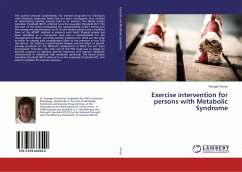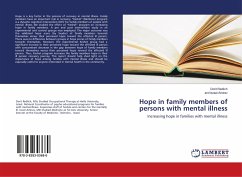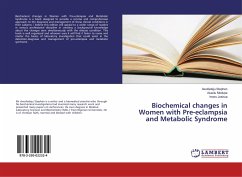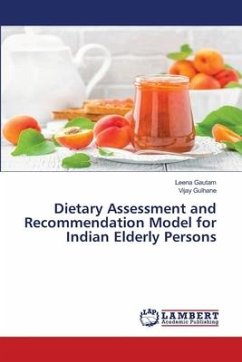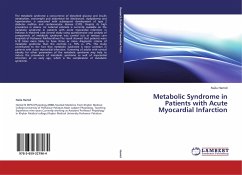The optimal exercise load/intensity for exercise programs for individuals with metabolic syndrome (MetS) has not been investigated. One method of determining optimal exercise load is to measure the blood lactate transition threshold (BLTT), referred to as the anaerobic threshold (AT). The first part of this thesis investigated the reproducibility of BLTT testing and the consequent determination of AT via the Mader method and a modified form of the ADAPT method in patients with MetS. Physical activity has been identified as a therapeutic goal and is recommended for the management of MetS. Currently exercise guidelines for MetS are the same as those for obesity with consideration given to the presence of any CVD risk factors. Yet, MetS is a multi-faceted disease and the effect of specific exercise protocols on the different components of MetS has not been investigated. Therefore, the main aim of this PhD study was to design an exercise program to optimize exercise responses and improve metabolic characteristics in individuals with metabolic syndrome. The blood lactate transition threshold (BLTT) referred to as the anaerobic threshold (AT), was used to optimize the exercise response.

